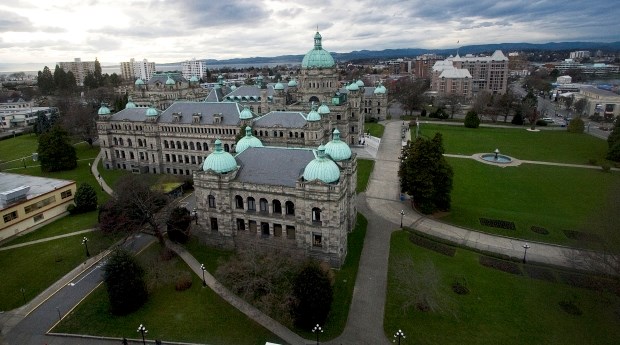As we wait for premier-designate John Horgan to announce his cabinet, speculation swirls as to who the lucky few might be.
Political scientists ruminate about finding gender balance, geographic balance, racial and religious balance, IQ balance (OK, not required), and the many other characteristics that a model cabinet is supposed to possess.
And if you’re appointing a New Democratic Party cabinet, some of this does indeed matter. NDP governments come to office with far more favours to repay than do B.C. Liberal administrations.
That’s because political power on the left is owed to countless well-organized community groups, such as unions, environmentalists, feminists, gay-rights activists and so on. By contrast, there is nothing like this profusion on the right-hand side of the aisle.
Therefore, yes, Horgan needs to divvy up the cake so his support groups receive their proper share.
Yet there is another sense in which it makes no difference who gets into cabinet.
There is only one essential requirement of a minister, and that is explaining government policy to the voters. But if you’re coherent enough to get elected, you’re coherent enough to do that.
There’s an idea that ministers play a much larger role, namely dictating policy and providing executive direction to their ministries.
Admittedly, a handful do that regularly, and some do it on occasion. But in reality, it takes only a premier and two, at most three, ministers to run a government.
You want someone competent at Finance, Justice and Health. The rest are just for show.
Even then, you can get by with less. I began my working life in the Saskatchewan government, where the finance minister of the day was a wonderful old man called Walter Smishek.
Being of Polish origin, Walter spoke with a heavy accent. He had little formal education, and knew nothing about finance. He distinguished himself during a reading of the budget speech by pronouncing the word “chaos” as “chouse.” To this day, expatriate Saskatchewan finance staff still use that rendering, in fond memorial. (I might add that he presided over a string of balanced budgets.)
But the point is, it didn’t matter. Premier Allan Blakeney ruled with iron logic and an iron hand. That’s all it took to run one of the most innovative governments Canada ever saw.
Moving forward in time, does anyone really think prime minister Stephen Harper’s ministers were more than cyphers? Can anyone remember the names of more than two or three?
Harper, of course, was criticized for this. But he saw an essential truth. If you leave ministers to their own devices — meaning they make decisions and chart their own paths — you will have “chouse” within a year.
The media will pick apart their every statement and look for contradictions. Foolish remarks will dominate the news cycle for days on end.
And here another reality emerges. Even at the federal level, the great majority of MPs have no executive experience. At the provincial level, it’s worse.
Yet modern governments are hellishly complex organizations with enormous scope and reach. Ironically, as they have grown in power, so the power of individual ministers has declined; only a few can genuinely keep up.
There are always moments of exception. Staff take a difficult issue to their minister and she knows just enough to kill it (probably because she got killed herself the last time she raised it with her colleagues). In that sense, the most junior appointee can at times direct the traffic.
But modern cabinet-making is nothing like the ancient craft. It’s more about varnish and veneer than a search for proper timber.
With a majority of just one, Horgan’s best option is to nod in all the right directions, then run the government himself with a handful of trusted lieutenants.



